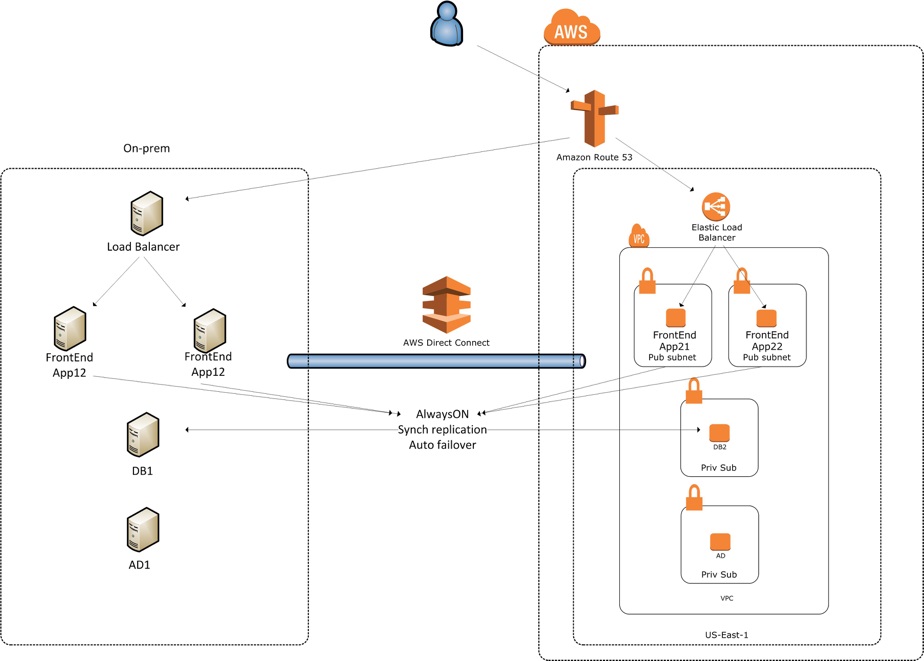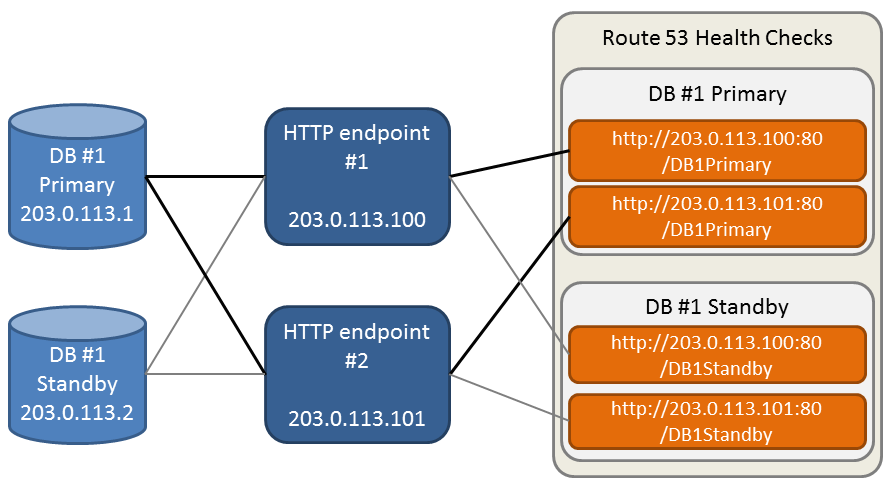AWS Architecture Blog
Category: Amazon Route 53
Managed File Transfer using AWS Transfer Family and Amazon S3
Financial, healthcare, retail and other companies exchange many different types of data. This can include stock information, healthcare claims, and sharing product data files with their partners. These companies need a managed file transfer solution that supports data transformation, and exchange of data over File Transfer Protocol over SSL (FTPS), and Secure File Transfer Protocol (SFTP). […]
Disaster Recovery (DR) Architecture on AWS, Part III: Pilot Light and Warm Standby
In this blog post, you will learn about two more active/passive strategies that enable your workload to recover from disaster events such as natural disasters, technical failures, or human actions. Previously, I introduced you to four strategies for disaster recovery (DR) on AWS. Then we explored the backup and restore strategy. Now let’s learn about […]
Dynamic Request Routing in Multi-tenant Systems with Amazon CloudFront
In this blog post, we will share how OutSystems designed a globally distributed serverless request routing service for their multi-tenant architecture. This will provide you ways to benefit from a managed solution that’s scalable and requires a low operational effort. Namely, we explain how to select the origin serving an HTTP/S request using Lambda@Edge, including […]
Scaling RStudio/Shiny using Serverless Architecture and AWS Fargate
Data scientists use RStudio server as an Integrated Development Environment (IDE) to develop, publish, and share interactive web dashboards built on Shiny Server. Although it is possible to use virtual server infrastructure in the cloud to run R workloads, containerization offers significant operational benefits. Migrating R workloads into a serverless model in AWS, customers can […]
Using Route 53 Private Hosted Zones for Cross-account Multi-region Architectures
This post was co-written by Anandprasanna Gaitonde, AWS Solutions Architect and John Bickle, Senior Technical Account Manager, AWS Enterprise Support Introduction Many AWS customers have internal business applications spread over multiple AWS accounts and on-premises to support different business units. In such environments, you may find a consistent view of DNS records and domain names […]
The Satellite Ear Tag that is Changing Cattle Management
Most cattle are not raised in cities—they live on cattle stations, large open plains, and tracts of land largely unpopulated by humans. It’s hard to keep connected with the herd. Cattle don’t often carry their own mobile phones, and they don’t pay a mobile phone bill. Naturally, the areas in which cattle live, often do […]
The Journey to Cloud Networking
IP networking is often seen as a means to an end, an abstract aspect of your business. You don’t say, “I really want a fast network…just to have a fast network.” Quite the contrary. As a business, you set out to accomplish your mission and goals, and then find you need applications to get there. […]
Automated Disaster Recovery using CloudEndure
There are any number of events that cause IT outages and impact business continuity. These could include the unexpected infrastructure or application outages caused by flooding, earthquakes, fires, hardware failures, or even malicious attacks. Cloud computing opens a new door to support disaster recovery strategies, with benefits such as elasticity, agility, speed to innovate, and […]
Scale Your Web Application — One Step at a Time
I often encounter people experiencing frustration as they attempt to scale their e-commerce or WordPress site—particularly around the cost and complexity related to scaling. When I talk to customers about their scaling plans, they often mention phrases such as horizontal scaling and microservices, but usually people aren’t sure about how to dive in and effectively scale […]
Running Multiple HTTP Endpoints as a Highly Available Health Proxy
Route 53 Health Checks provide the ability to verify that endpoints are reachable and that HTTP and HTTPS endpoints successfully respond. However, there are many situations where DNS failover would be useful, but TCP, HTTP, and HTTPS health checks alone can’t sufficiently determine the health of the endpoint. In these cases, it’s possible for an […]









